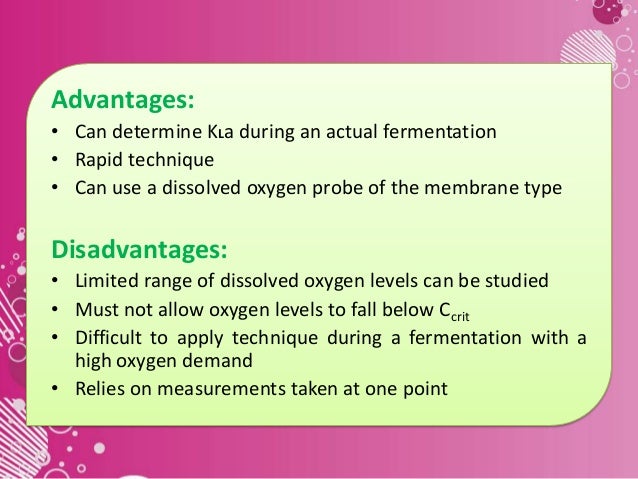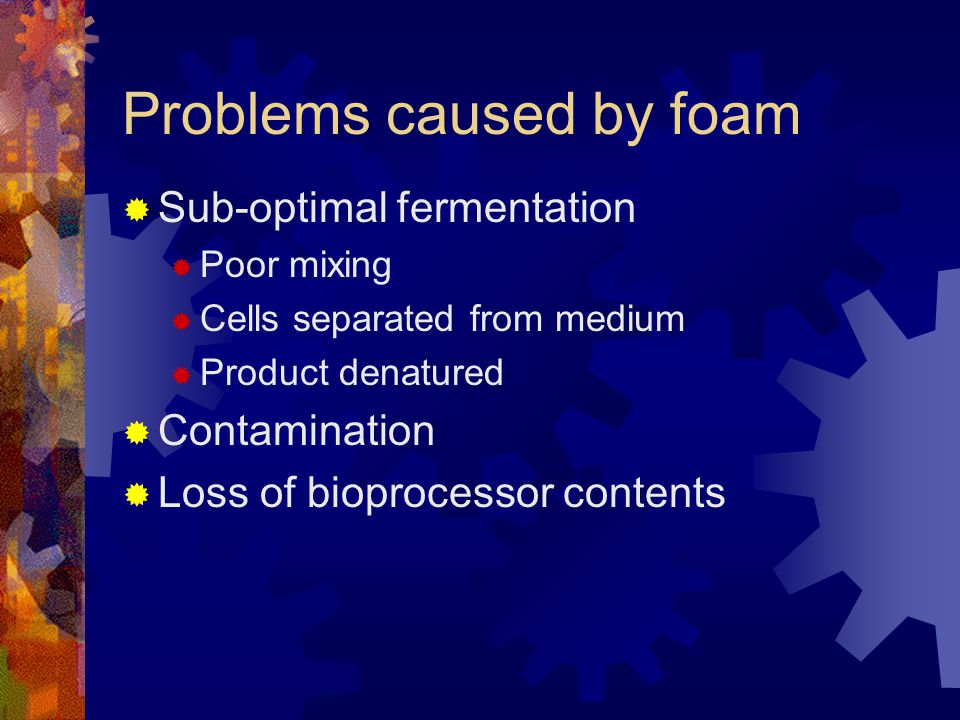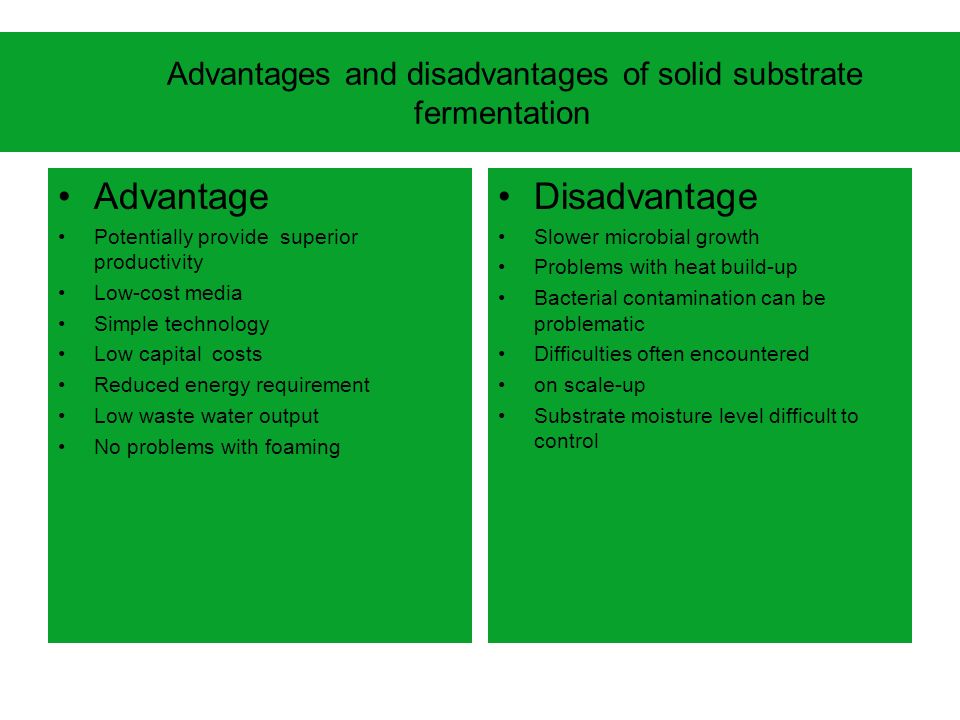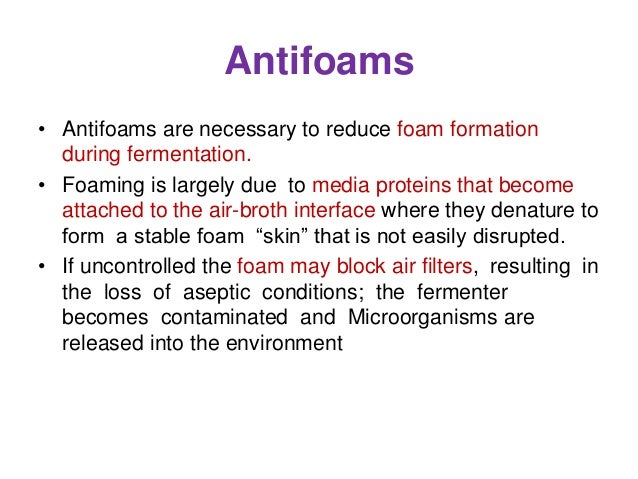Foam formation is a common phenomenon in many industrial processes including chemical and fermentation processes.
Disadvantages of foaming in industrial fermentation.
Foam and its mitigation in fermentation systems.
Industrial fermentation is the intentional use of fermentation by microorganisms such as bacteria and fungi as well as eukaryotic cells like cho cells and insect cells to make products useful to humans fermented products have applications as food as well as in general industry.
It is generally believed however that specific substances such as alkalis oils fats greases certain types of.
This is called foaming and it is caused by high concentration of any solids in the boiler water.
Its formation is a desirable property in some processes such as in the production.
Box 2000 rahway new jersey 07065 usa.
The most important aspect of fermentation is that it should be economic and profitable.
As an example to avoid organic process contamination the fermentation medium air and instrumentation area unit sterilized.
Usually food that has been fermented flavor that is strong and pungent.
Some commodity chemicals such as acetic acid citric acid and ethanol are made by fermentation.
Foam management will be achieved by either mechanical foam destruction or chemical anti foaming agents.
Fermentation is a process of preserving food and has been practiced by many cultures for many many years.
Foam properties and behavior conditions that affect foaming and consequences of foaming are discussed followed by methods to detect and prevent foam both without and with the use of antifoam and their implications.
It is true that fermented food has some health benefits but there are some disadvantages as well.
There are industrial concerns associated with the fermentation method.
Epub 2007 jun 13.
1 fermentation development and operations merck research laboratories p o.
Boiler water carry over is the contamination of the steam with boiler water solids.
Foam properties and behavior conditions that affect foaming and consequences of foaming are discussed followed.
The disadvantages of mechanical foam breakers include high operating costs complicated designs possible shear damage to the product or microorganisms 64 risk of disturbances to the unit operations and their limited effectiveness light foam limited foaming.
Key aspects of foaming and its mitigation in fermentation systems are presented.
A major disadvantage is the cost of media.
Synthetic media is never used on industrial scale because it is expensive.
Key aspects of foaming and its mitigation in fermentation systems are presented.










